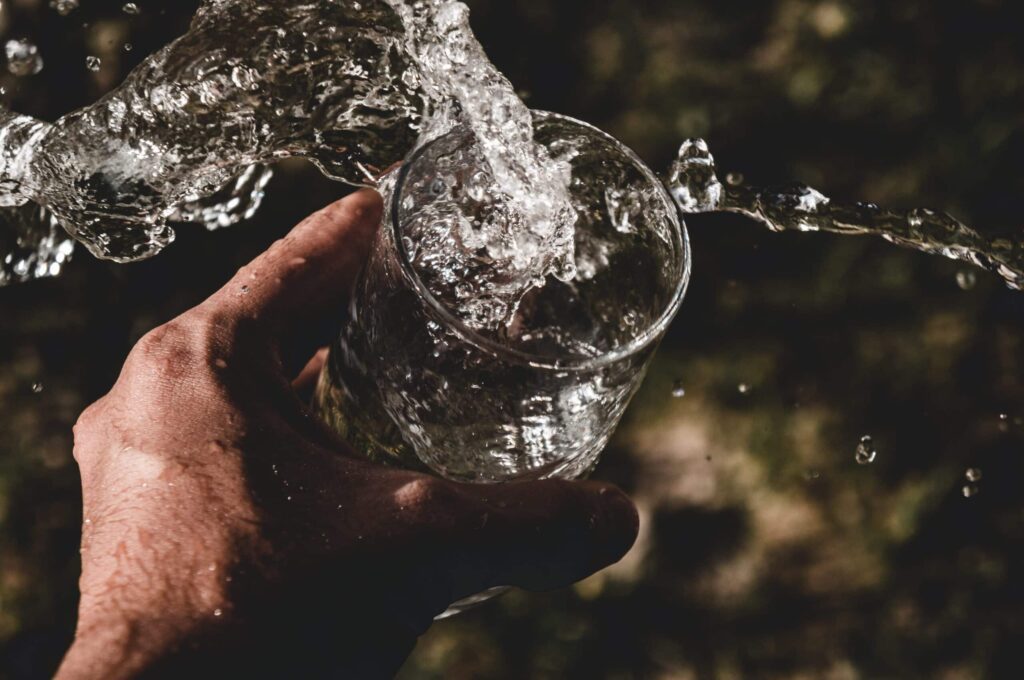Water is an essential nutrient for human health. It helps to maintain body temperature, provides metabolic support, and helps to remove waste products from the body.
To stay hydrated and maintain optimal health, it is important to know your water balance and keep track of how much water you drink daily. There are a few different ways to measure your water balance: urine output, sweat output, or weight loss.

All three methods can show whether you are drinking enough water each day.
What is hydration balance?
A properly hydrated body provides you with many health benefits. Adult bodies are about 65% water. The water in your body carries poisons out of your organs and transports nutrients to your blood cells.
It also lubricates your joints and provides moisture for the tissues of your throat, nose, and ears. If your body is improperly hydrated, two conditions can occur dehydration (not enough hydration) and hyponatremia (excessive hydration).
Causes and Symptoms of Dehydration
Exercising in hot conditions without drinking enough water can cause dehydration. In addition, serious diarrhea, vomiting, fever, or intense sweating, and diuretic medicines can also cause dehydration. Young children, the elderly, endurance athletes, and individuals with chronic conditions are particularly at risk for dehydration.
Symptoms of dehydration may include a dry mouth, fatigue, dizziness or confusion, thirst, reduced urination, dry skin, or headache. You can typically treat moderate dehydration by drinking fluids to replace the fluids lost. Severe dehydration requires medical attention.
Causes and Symptoms of Excessive Hydration (Hyponatremia)
Drinking too much fluid can result in excessive hydration or hyponatremia. When this happens, the sodium level in the blood becomes diluted, and this low sodium level can release extra water into the tissues of your body, causing mild to serious swelling.
The elderly, endurance athletes who drink too much fluid, and people on low-sodium diets may have an increased risk of hyponatremia.
Symptoms of over-hydration may include fatigue, confusion, loss of appetite, nausea or vomiting, and headache.
One way that some athletes monitor over-drinking is to weigh themselves before and after intense workouts or practice sessions, with the objective of no change in weight. If the weight increases, fluid intake is decreased. Serious over-hydration requires medical attention, especially if brain swelling is possible.
How can you measure your hydration level?
Bathroom frequency and urine color are the simplest methods to measure your hydration. Your urine should be light yellow, and you should empty your bladder 5-8 times daily on average. A sweat test is another method for determining hydration levels (particularly after a run).
Maintaining Hydration Balance
How thirsty you are is not a good assessment of your body’s hydration needs. A better measure is your urine color. For example, clear or pale-yellow urine indicates appropriate hydration; dark yellow or orangey color typically indicates dehydration.
If you perform average activities, you will generally replace your lost fluids each day if you eat normally and drink around eight cups (2 liters) of water or other drinks.
Remember, however, that health conditions, high levels of activity, and other factors can change your hydration requirements. If you want an individualized assessment of your hydration needs, contact your healthcare professional to help you decide the best approach to maintain your hydration balance.

Jay
Jay is a health and wellness enthusiast with expertise in water quality and nutrition. As a knowledgeable advocate for holistic well-being, Jay successfully manages Type 2 Diabetes through informed lifestyle choices. Committed to sharing reliable and authoritative insights, Jay combines firsthand experience with a passion for enhancing health."

